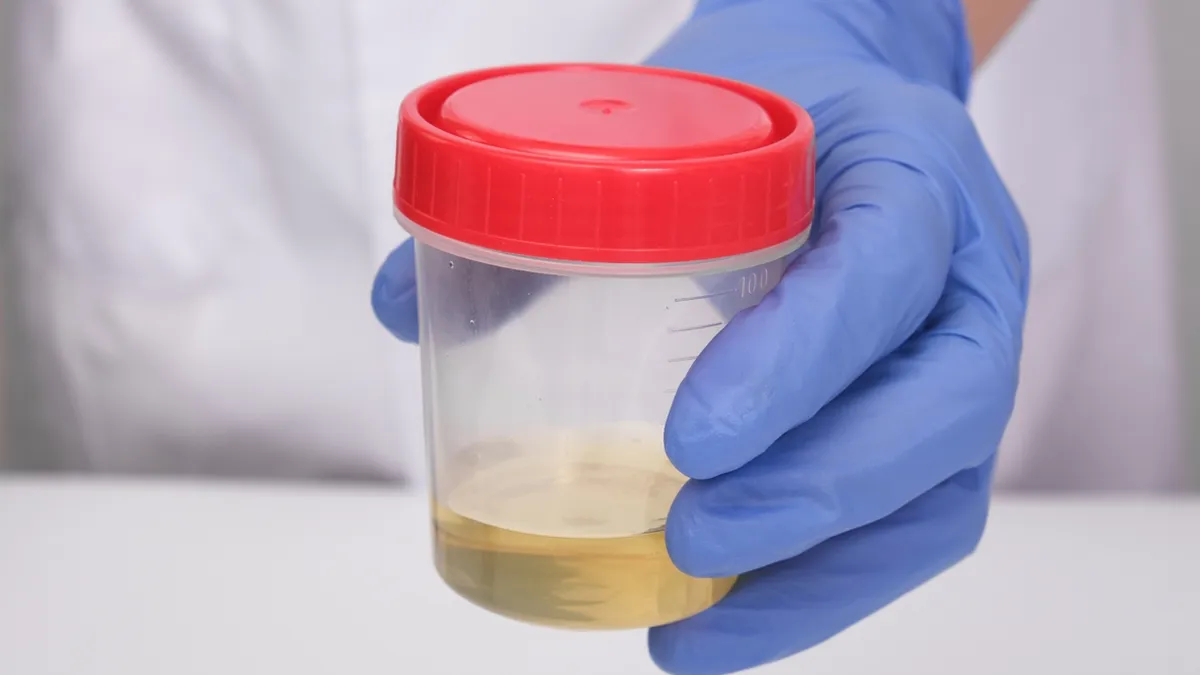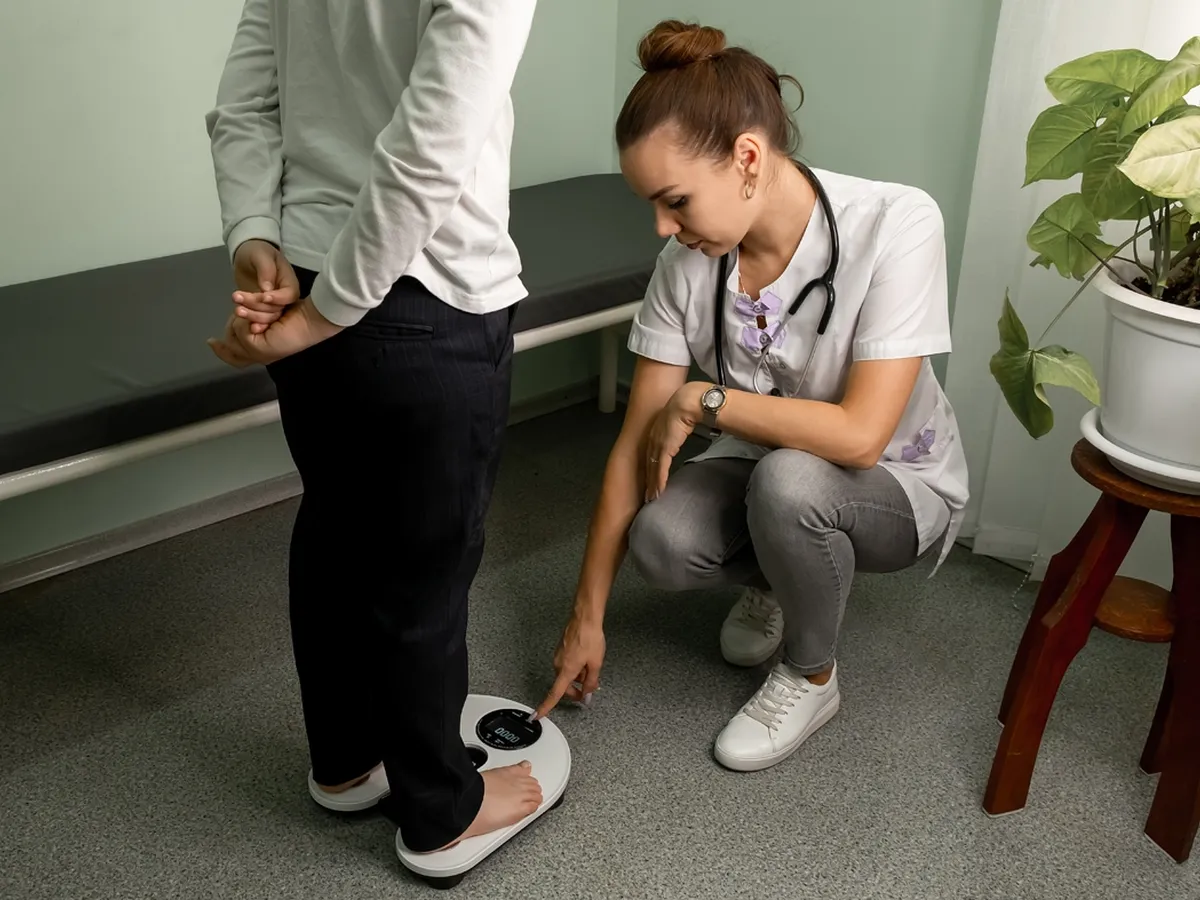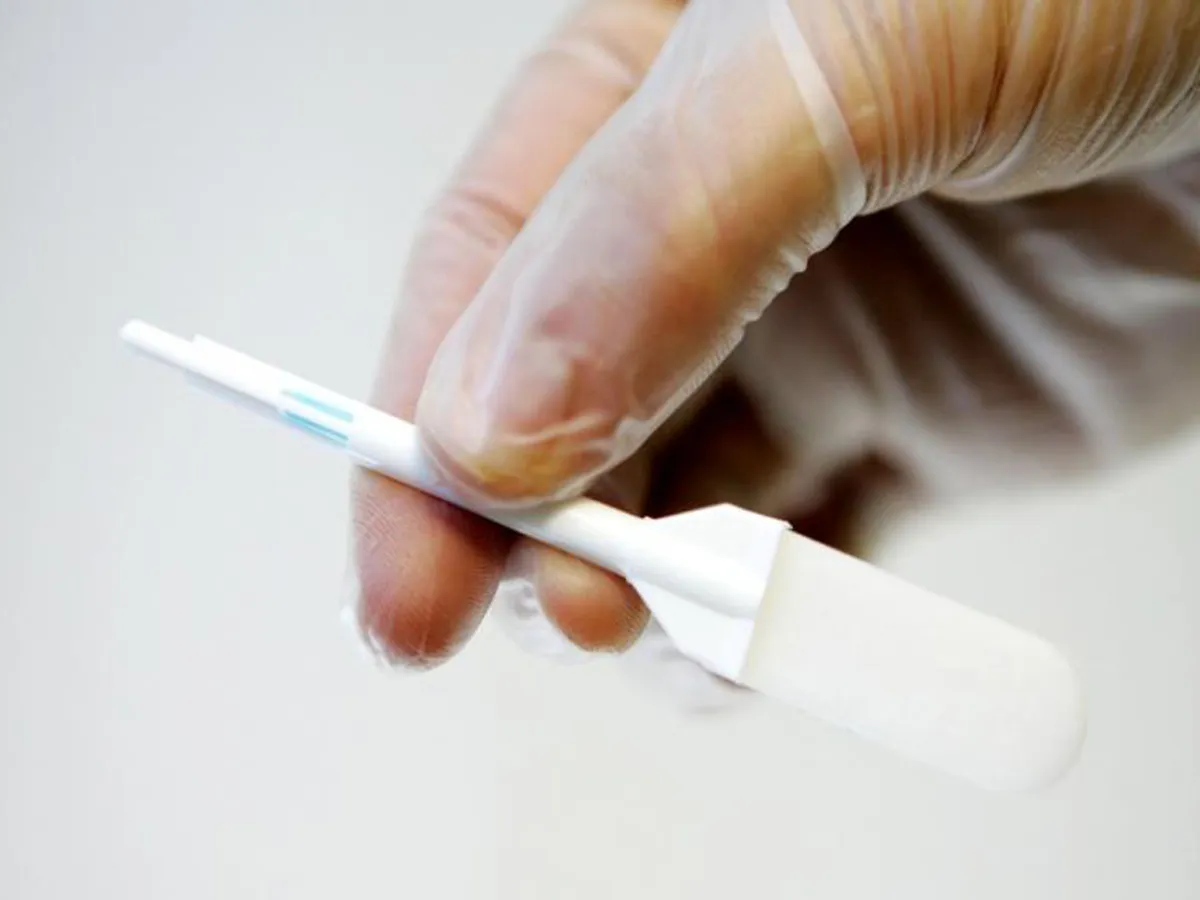What are the benefits of point of care drug testing?
There has been a big shift from laboratory drug testing to point of care drug testing (POCT). This includes Network Rail introducing the POCT method for the first time. Here, we will look at some of the main advantages of using point of care drug tests.

What is point of care drug testing?
Point of care drug testing is a screening method that provides instant results from biological samples provided by a donor, such as urine or saliva. It can be performed in a clinical setting, or on-site, such as a workplace or other non-clinical setting. As a result, it has several advantages over laboratory drug testing including speed of results and cost.
Fast drug test results
First, the biggest benefit is the speed of the results. Unlike laboratory drug screening, results are obtained immediately. Laboratory drug screening can take up to 24 hours, and there is also the added wait, delay, or risk of transporting any samples to the lab. Having results immediately, allows decisions to be made quickly regarding an individual who may have illegal drugs in their system. For example, in a workplace setting, an employee could be suspended on health and safety grounds until the confirmatory laboratory drug results are available.

Accurate drug screening
The technology of point of care devices has improved over the years. Additional regulation and the quality of devices improved again because of the Covid-19 pandemic. Now, with the likes of Network Rail switching to POCT, the method is seen as a viable replacement for laboratory drug screening. Problems with sensitivity of POCT devices has also been resolved, reducing levels of false positives. In addition, we are in the process of switching all of our POCT devices to Network Rail standards, which includes certification to MHRA.
Cost effective drug testing solution
The cost of laboratory drug screening is on the rise. This is associated with the costs of running a laboratory, including the raw materials to undertake the screening phase. As a result, point of care drug testing can be offered at substantially lower costs. Even with the potential added cost to confirm non-negative POCT screens at the lab, overall, there are savings for organisations that perform workplace drug testing.
Drug testing large numbers of employees
Another reason why Network Rail have made the switch to POCT is because they have increased the number of employees to be randomly drug tested from 5% to 20%. Continuing with laboratory screening for these sorts of numbers is both costly and disruptive to a business. Point of care drug testing is a much quicker sample collection method and can save hours when testing large numbers of employees on-site.
Considerations for point of care drug testing
So there are several major benefits in making the switch from laboratory drug screening to point of care testing. However, there are a couple of important points for you to consider:
- Check your own industry regulation for drug testing requirements. This could stipulate laboratory drug screening as the only recognised method in your sector. In addition, if you are a subcontractor, it is worth checking the main contractor's drug testing requirements for the project.
- Point of care drug testing is not legally defensible and must not be used for disciplinary or legal purposes. Samples from any non-negative results from a POCT must always be sent to a UKAS 17025 laboratory for confirmation drug testing.
Making the switch from laboratory drug testing to POCT
We are here to help and guide you through the entire drug testing process, including best practice advice on your policy. Our experienced team of Clinical Account Managers can provide the details you need to make an informed decision about switching to point of care drug testing.
Service related articles...
Our Headquarters
Crystal Health Group
The Old Chapel
Manchester
M30 0NG






